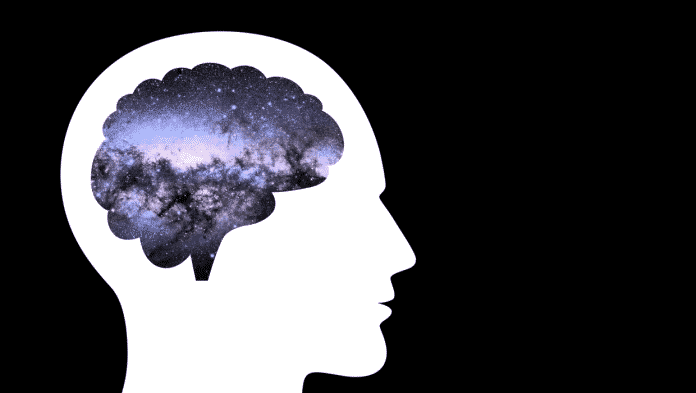This World Sight Day on October 10th is an excellent occasion to look into a few of the most prevalent reasons for vision impairment . It is estimated that globally around 1.3 billion people suffer from some form of vision impairment. It is also a fact that around 80 percent of all such impairments are preventable or reversible. According to the latest assessment, cataract is responsible for 51% of world blindness, which represents about 20 million people and is one of the leading causes of reversible blindness.
Cataract has a stealthy way of sneaking up on people before they can notice its consequences. Pun not intended, the fact remains that cataract doesn’t usually manifest itself until it develops to a level where it hinders with the vision and that’s why it catches its victims by surprise. Often the first sign of cataract is a foggy vision, followed by gradual loss of sight. People suffering from the ailment are also sensitive to light and glare, have difficulty reading in dim light, experience fading of colours, are bothered by glare from oncoming traffic headlights when driving at night, experience frequent changes in eyeglass or contact lens prescription among other signs. While the average age for developing cataract is 50 years or older, in recent years the average age for cataracts is dropping. Around one to two percent of all cataract surgery patients are in their early 40s, but many young people are unaware that they already have a developing cataract.
Basically, cataract begins in a tiny form in the part of the eye called the lens, but gradually spreads to cloud the entire lens, interfering with the passage of light. This is what makes the vision ‘cloudy’. While there are no definitive causes behind cataract, the potential causes include hypertension, diabetes, high doses of steroid medication, smoking, obesity, ultraviolet light exposure, and excessive alcohol consumption. Doctors are also citing the constant use of tabs and screen time as a cause for accelerated development of vision impairment at earlier ages.
Given this scenario it’s no surprise that of the ‘diseases of the old’ is now gradually finding new younger victims. Still not very common among young people, doctors are however beginning to detect and treat cases of cataract in people younger than the age of 40.
While all this may seem alarming, fortunately, surgical removal of cataract as a treatment is an easy, corrective procedure which often does not take more than 20 minutes. Latest technique includes phaco-emulsification where an ultrasonic device is used to remove the clouded lens. The surgeon then follows by replacing it with a clear, acrylic intraocular lens. The recovery time is quite swift as well. However, there’s a likelihood that patients will need reading glasses even post-surgery.
So, is cataract preventable? This is what Dr Swagata Sarkar, Consultant Ophthalmologist at Bahrain Specialist Hospital said:
“The topic is debatable. However, if we were to go by the potential causes, we can safely say that a healthy lifestyle which includes a careful selection of foods that enhance eye health can delay cataract, if not prevent it completely. Studies suggest that sources rich in vitamin E, such as spinach and other leafy greens, antioxidant vitamins and omega3 fatty acids and the use of nutritional supplements may reduce the risk of cataract.”
It’s important that people keep an alert watch on any signs or changes in their vision and immediately consult a doctor in case of discrepancy. It’s very easy to assume that gradual vision loss could be the natural reaction to growing old; however, assumptions don’t always turn out to be true. And when it comes to health issues, the less we assume,
the better.

Ophthalmology Consultant
Bahrain Specialist Hospital
Email: swagata.sarkar@bsh.com.bh

